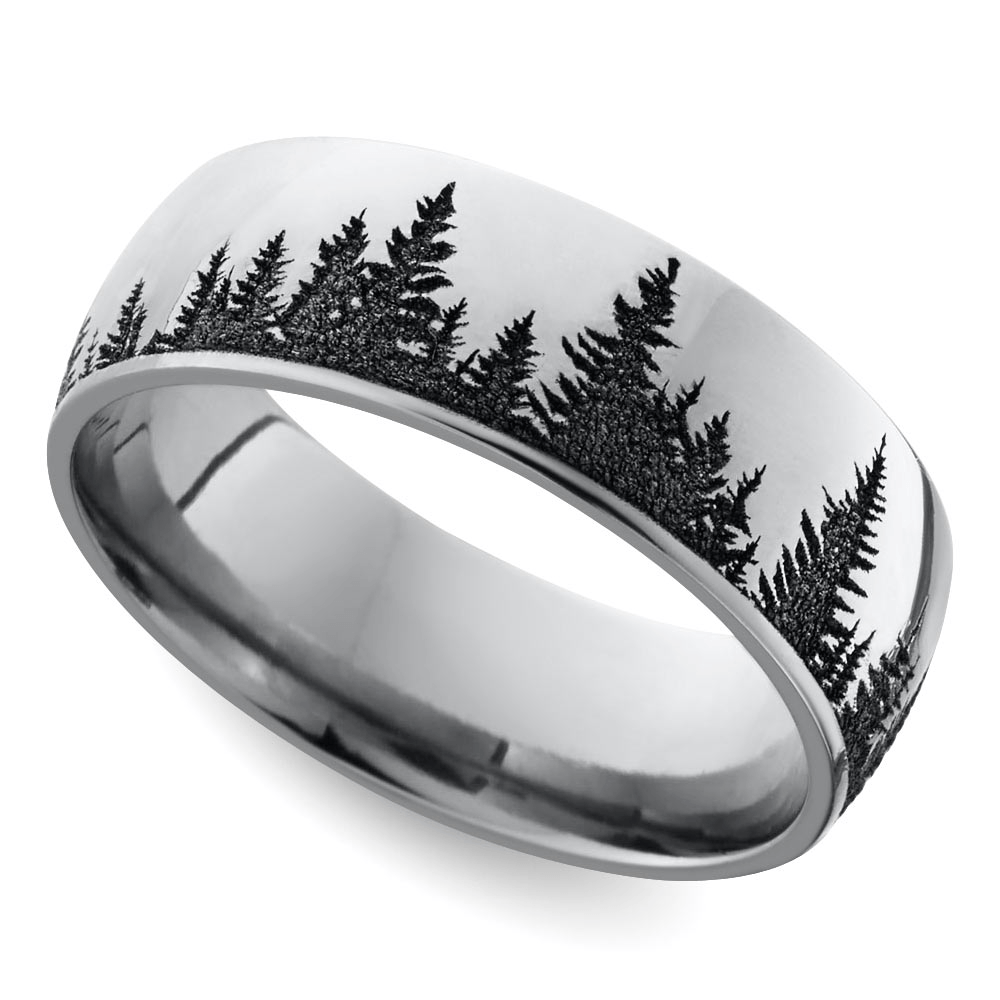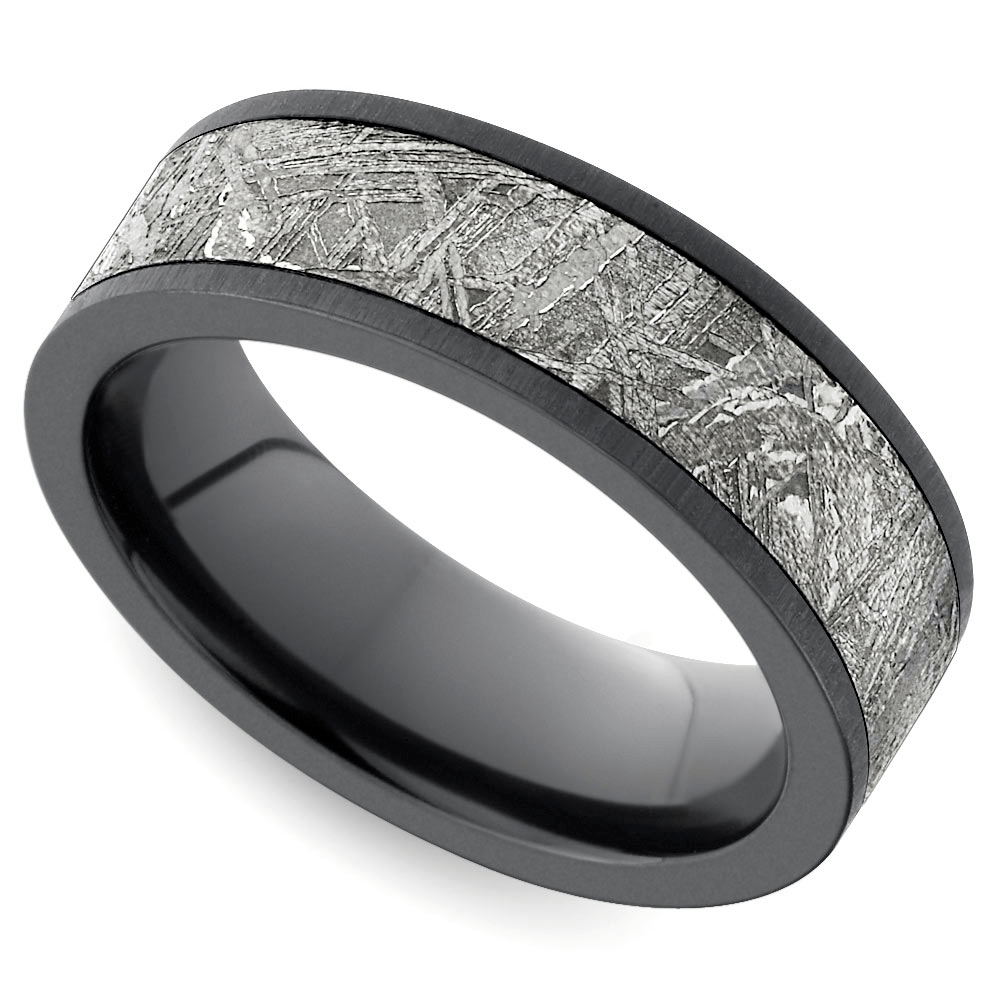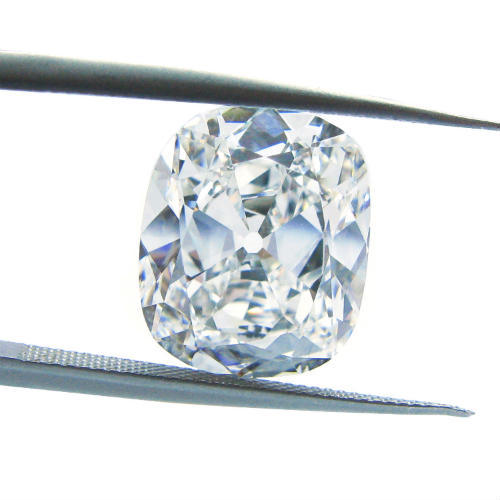Enthusiasts

What Proust’s Muse Can Teach Us About Fashion
VogueA new exhibition, “Proust’s Muse”—an edited version of “La Mode Retrouvée,” curated by Olivier Saillard for the Palais Galliera in Paris—opens tomorrow at the Museum at FIT. On display is the wardrobe of Élisabeth de Caraman-Chimay, the Countess Greffulhe, after whom the Duchess de Guermantes, a central character in Marcel Proust’s masterwork, In Search of Lost Time, was modeled. A commanding redhead and noted beauty, the Countess was an important philanthropist who helped raise funds for the Ballets Russes and for a lab for Madame Curie. Fashionwise, she knew what she wanted: Her uncle, Count Robert de Montesquiou, who also inspired a character in Proust’s novel, recounted that his niece “would have the most renowned designers show her everything that was fashionable; then, when she was certain that they had come to the end of their pretentious rambling and bragging, she [would say], ‘Make me anything you like, as long as it’s not that!’ ” Museum at FIT director and chief curator Valerie Steele describes the Countess as a boundary-pushing fashion plate, who defied convention by being both “conspicuously aristocratic” and artistic at once. “Henry Greffulhe,” Steele has noted, “wanted his wife to be elegantly and expensively dressed, but he did not want her to look in any way unconventional or conspicuous. Yet within a few years after her marriage, she was already expressing her own personal style.” One that was designed to produce maximum effect. The Countess, Vogue noted in 1906, “has reduced her scheme of dressing down to a science, the richest of fabrics, simplest of lines, and an almost barbaric profusion of jewels.” Exhibitionism is commonplace today, but, at the time, it was largely the province of the demimonde. “Mere visibility for a woman used to be a form of degradation,” explains journalist Madison Mainwaring in The Paris Review. “A common pun took it that la voir (to look at her) was l’avoir (to have her).” In this context, the command the Countess had of her image is remarkable, as are some of the pieces, particularly the early ones attributed to the houses of Worth, Babani, and Fortuny on view. There is also a Fall 2015 ensemble from Rick Owens, a huge fan of the show in Paris, who was inspired by de Montesquiou and Greffulhe’s “taste for the exquisite and the discipline to pursue perfection to an intense degree.” Owens isn’t the only one attracted to Proust’s world. Yves Saint Laurent was so under the writer’s spell, that the bedrooms in his Deauville estate, Château Gabriel, were named after characters in the novel. Vogue once described one of the designer’s sweeping, puff-shouldered ’80s evening looks “à la Proust”—fashion shorthand for Belle Epoque, which was the de facto dress code for Guy and Marie-Hélène de Rothschild’s 1971 Proust Ball at their magnificent Château de Ferrières. Cecil Beaton, on hand to comment on, and photograph, the guest’s attire for Vogue, captured Marisa Berenson channeling the eccentric Marchesa Casati and Elizabeth Taylor, dripping, à la Greffulhe, in diamonds. Thus attired, this violet-eyed leading lady became the embodiment of the countess’s belief in the power of fashion. “I don’t think there is any pleasure in the world comparable to that of a woman who feels she is being looked at by everybody,” the countess once wrote to her uncle, “and has joy and energy transmitted to her.” “Proust’s Muse, The Countess Greffulhe,” is on view at the Museum at FIT, September 23, 2016–January 7, 2017.
The post What Proust’s Muse Can Teach Us About Fashion appeared first on Vogue.

























